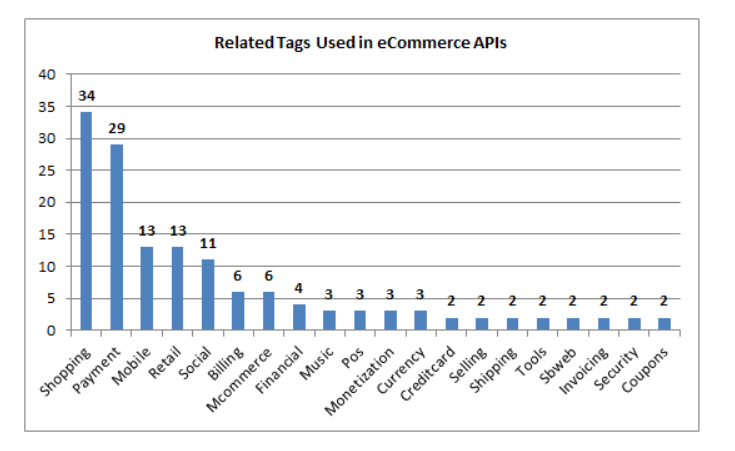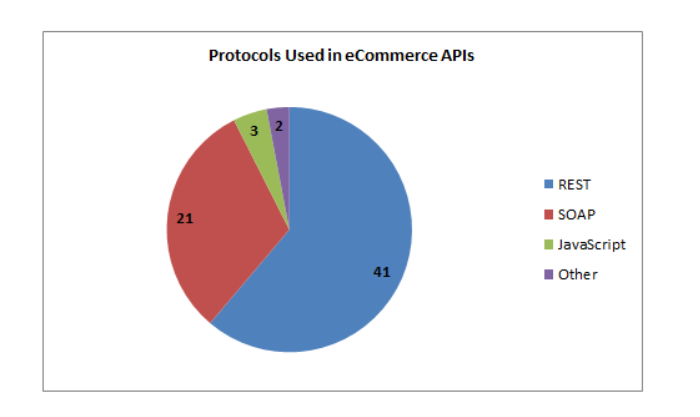What is API: Definition, Types, And Benefits
The eCommerce industry is under constant change. One of the main reasons for that lies in the fast-paced technology. Depending on your goal, different technologies can come more or less useful. However, there is one that can connect them all – API. The main purpose of APIs is to transfer information from one software to another. By doing so, the transferred data can be used in one single interface.
Since speed is one of the crucial success factors, it’s understandable why eCommerce businesses are always on the hunt for a faster solution. Updating technologies and processes is vital, but companies can’t afford to address every change by building their features from scratch.

That’s when API comes into the picture.
As a company that’s been offering API services for a long time now, we’ve decided to share our experiences.
Let’s explore what types of APIs exist, how API works, and what benefits does it bring to the eCommerce owners.
What Is Exactly An API?
API, or application programming interface, is a set of functions that allows the connection of two applications. For example, it enables your eCommerce store to expose and share information such as pricing or catalog content to other applications. By doing so, the API works as a way of communication between the user and the system. To simplify, when you, for instance, click on the “add to cart” button, API informs the website of that action, and as a response, your cart is updated. Therefore, you can say that API helps systems to “speak” to each other.
Of course, this doesn’t mean that any application can get access to your website and data – the connection must be authorized. Since APIs can allow connectivity to multiple applications, it’s understandable why they are so important to big, enterprise companies. With the use of APIs, such companies become more agile, innovative, and efficient.
The Benefits That API Brings To The Ecommerce
APIs can help businesses to automate and coordinate their actions with different features such as shipping information, order fulfillment, tracking, and many others.
But, what are the concrete benefits?
- Scalability – the whole purpose of using an API integration is being able to connect to the new system without having to change yours from scratch. API allows you to connect by using only a few new lines of code.
- Reusability – APIs can be (re)used across different platforms. In that way, you are saving developer’s time and increase their productivity.
- Extends the website functionality – Since APIs can simplify information sharing, they can extend the functionality of your website.
Different Types of eCommerce APIs
Since the eCommerce environment is constantly changing, there are also many API types.
Let’s check the most used ones.

Product information API – this kind of API will allow you to get a hold of product information such as product ID, pricing, images, description, the number of products, and more.
Channels API – the channel API will provide you all the necessary information about the integrated channels in your account (Magento, WooCommerce, Shopify, etc.)
Catalog API – this API is especially important for big eCommerce stores that have lots of products in their catalogs. By using Catalog API they will be able to manage easier the products, reports, and management system in general.
Payment API – as the name suggests, this API will help you with the checkout process. This API can be set in a way that is in alignment with your current checkout policy.
Authentication/Login API – Authentication API is used to help the channel owner determine whether you are a valid, real user.
What Price2Spy API Can Do For You?
As you can see, eCommerce businesses can struggle with different issues and therefore, look for different features in an API. However, one of the common problems in the eCommerce world is monitoring price changes. Prices are changing daily, so you can not count anymore on some manual solution. That’s why different price monitoring tools are appearing like mushrooms after the rain.
In the case of a price monitoring tool, such as Price2Spy, API can be used to create/manage your products and URLs, as well as to get the latest (or historical) pricing data. That means that you don’t even have to log into Price2Spy every time you want to use it. As long as the product managers continue to work on your software, our API will be able to enter the data in Price2Spy. The other way around is also possible – API will make sure that your software receives the fresh pricing data from Price2Spy.
How The API Works?
As we already explained, APIs will allow your eCommerce website to connect and interact with other systems. This procedure is based on numerous requests and responses, therefore, there are different methods to make the request.

As the research conducted by ProgrammableWeb shows, APIs are mostly based on the REST architecture and are using HTTP request methods.
Price2Spy, however, supports different methods of API integration, and all the detailed information about it can be found on our API documentation page.
Price2Spy offers API via REST protocol.
Even though we offer full support on this journey, we have identified some most common mistakes that clients tend to make when performing the REST API authorization process. Please take a look at it – many clients have found it useful!
Since we also know how popular Python is, we’ve decided to enable that kind of API integration as well! Several clients have also suggested it, so we’ve made a short guide to sending Price2Spy API requests with Python.
There are also other increasingly popular tools enabling users to do API Queries and Database analytics such as Microsoft Power BI and Google Data Studio. We’ve covered those options as well!
Final Thoughts
When you analyze everything, you can easily conclude that API can only bring benefits to your business. Since this kind of integration has become so popular, there is no need to worry about implementing it. Numerous guides and tutorials can be found, so even those who are not IT professionals can easily work their way around.
From connecting and updating features, to simplifying the business process and managing it more effectively, API can be just the right solution!
So, if you are an eCommerce business, what are you waiting for? Start your free trial with Price2Spy as soon as possible and explore all the API benefits!



